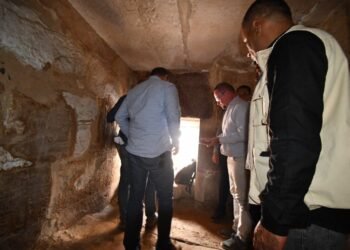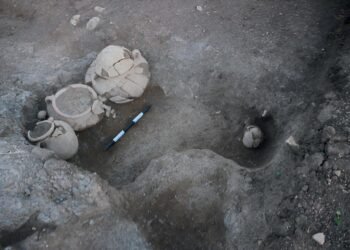A virtual autopsy on a remarkably preserved body of a Renaissance-era aristocratic child has revealed a glimpse into a short life that, while privileged, was far from perfect.

Researchers discovered that the infant, despite being born into a wealthy family, was malnourished and suffering from pneumonia.
The child was discovered buried inside an Austrian family crypt in a wooden coffin, where the mummification process had preserved his soft tissue.
A German team of researchers, led by Dr. Andreas Nerlich of the Academic Clinic Munich-Bogenhausen, examined the mummy, using state-of-the-art science alongside historical data to shed new light on Renaissance childhood.

His remains was examined using a CT scan, which revealed evidence of pneumonia and vitamin D deficiency, while radiocarbon dating was performed on the tissue and skin to give a range of dates as to when he died.
The team measured bone lengths using CT scanning. Tooth and bone measurements revealed that the child died before the age of one year.

The soft tissue revealed that the toddler was a boy who was overweight for his age, implying that his parents were able to adequately feed him – but the bones revealed a different story.
The bone lesions in rickets, according to the study, must have come from a lack of vitamin D absorption (found in sunlight).

According to the researchers, all of this throws the idea of an aristocratic life of luxury and plenty into new light. “The combination of obesity along with a severe vitamin deficiency can only be explained by a generally ‘good’ nutritional status along with an almost complete lack of sunlight exposure,” said Dr. Nerlich, in a statement. “While the typical bowing of the bones seen in rickets was absent, this may have been because he did not walk or crawl.”
“We have to reconsider the living conditions of high aristocratic infants of previous populations,” he added.























